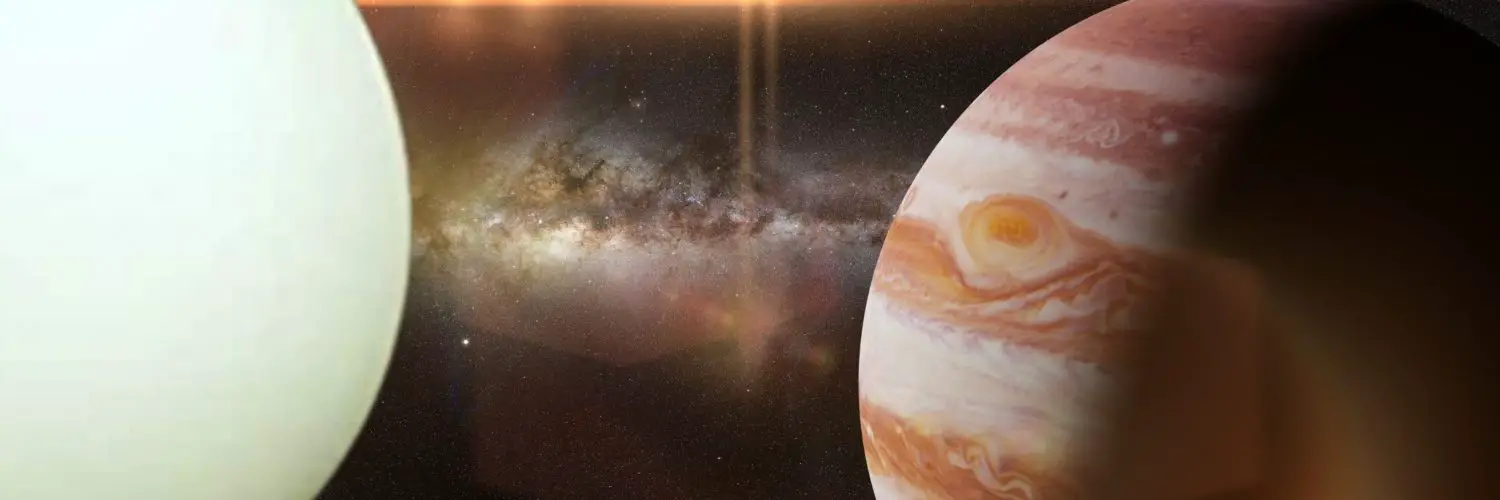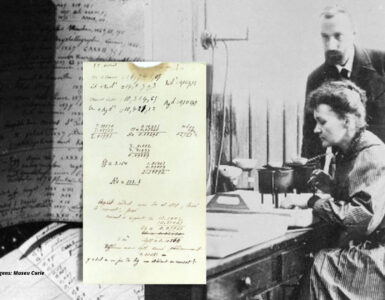The hunt for a cloudless planet like Jupiter has made the Astronomers come up close and personal, with the WASP-62b. This gas giant, or “hot Jupiter,” as astrophysicists call it, is 575 light-years afar. However, it does not take 12 years to revolve around the sun, rather just four-and-a-half days. But, it does so around a star as this one is an exoplanet. As per the astronomers, this planet does not have any haze or cloud, unlike Jupiter. The observable atmosphere appears to be cloudless. An exoplanet’s discovery of this sort always catches an astronomer’s eyes and certainly our attention. Here is everything you need to know about Jupiter’s look-alike.
Unique properties of the atmosphere
Can you ever picture Jupiter without the haze or clouds? Definitely not! That is because the planet’s appearance is all about the tapestry of hued spots and cloud bands. This gas planet has as many as three distinct layers of clouds in its skies. You will find white, yellow, brown, and red-colored thick clouds contributing to its stripy appearance. If Jupiter has clouds and its doppelganger doesn’t, then how are they similar? Is this the question on your mind? Well, this planet is a gas giant, just like Jupiter, only hotter. The proximity of the exoplanet to the star it rotates around makes it hot, extremely hot.
Presence of potassium and sodium
Using spectroscopy, a grad student of Astrophysics at the Harvard Center tried to characterize this weird exoplanet’s atmosphere. While she was researching to pen her thesis, she was startled by something unique, and this chemical evidence moved her. Had the haze or clouds obscured the atmosphere, she would not have been able to characterize it. This is the reason that the Hubble telescope could make visible observations of light. It is this observation that helped in finding sodium’s full spectrographic signature. Wondering how does this finding makes a difference? Well, the presence of haze or clouds in the atmosphere would have obscured sodium’s signature completely. This smoking gun proof indicates the startling revelation that the exoplanet’s atmosphere is crystal clear.
Cloudless but not completely cloudless?
It is quite unphysical to imagine a planet’s atmosphere as cloudless. This means there is a higher probability that the “hot Jupiter” does have clouds in its deeper depths. Scientists believe that there may be no haze or clouds in the upper atmosphere. However, there can be clouds in areas that could not be probed.
Why focus on sodium and potassium?
There are many reasons why scientists stress sodium and potassium when probing about a planet’s atmosphere. For starters, the spectra of potassium and sodium are visible in optical light. These two minerals are readily found in observations of the exoplanet atmosphere. When their findings are obtained at optical wavelengths, their absence or presence helps us infer whether hazes or clouds are present in the atmosphere of an exoplanet. In the “hot Jupiter’s case, the first feature of absorption was that of sodium. In a cloud’s absence, sodium’s spectroscopic signature could be wholly detected. However, potassium’s evidence was completely missing.
WASP-62b – a rare planet
If you ask any astrophysicist or researcher, they will tell you that cloud-free planets are a rare find. In fact, astronomers evaluate that exoplanets claim seven percent of the total count. Did you know that the only and first-ever exoplanet was discovered in the year 2018? WASP- 96B, classified as “hot Saturn,” also has a clear atmosphere just like ‘hot Jupiter.”
Cloudless atmospheres can help delve deeper
Astronomers believe that exoplanets that feature cloudless atmospheres can help you find out about their formation. This means you will be better able to find out how they were formed. The rarity of these exoplanets indicates that something very unique has been going on. Or, they may have originated in a unique manner different from the other planets. A clean atmosphere also helps to study a planet’s chemical composition. Hence, that means that researchers can easily find out what makes up the entire planet. With new inventions like the James Webb Space Telescope, there will be better opportunities galore to understand Jupiter’s twin better. Does it delight you to know enough stories to tell? Let us know in the comments below.





























